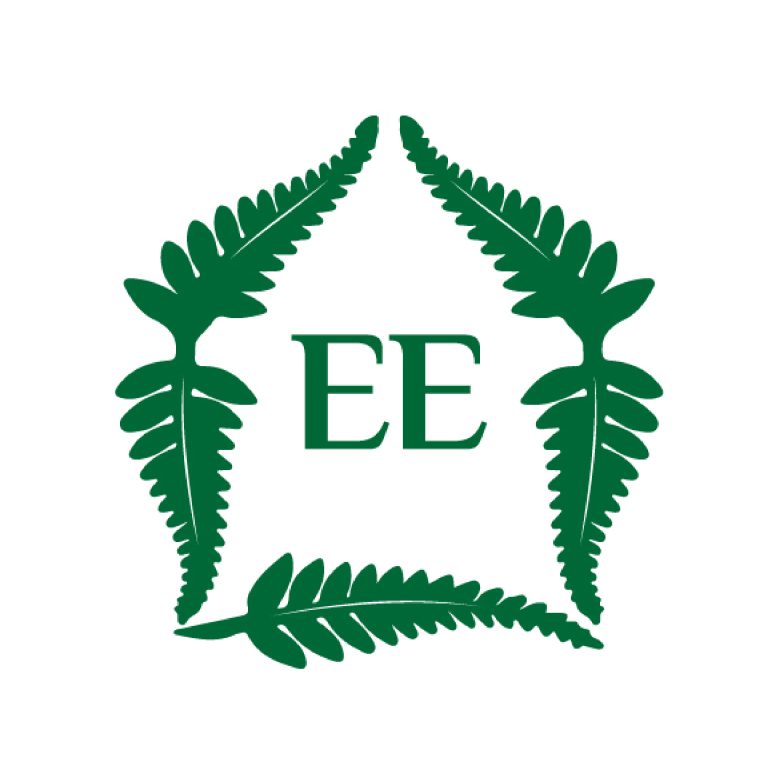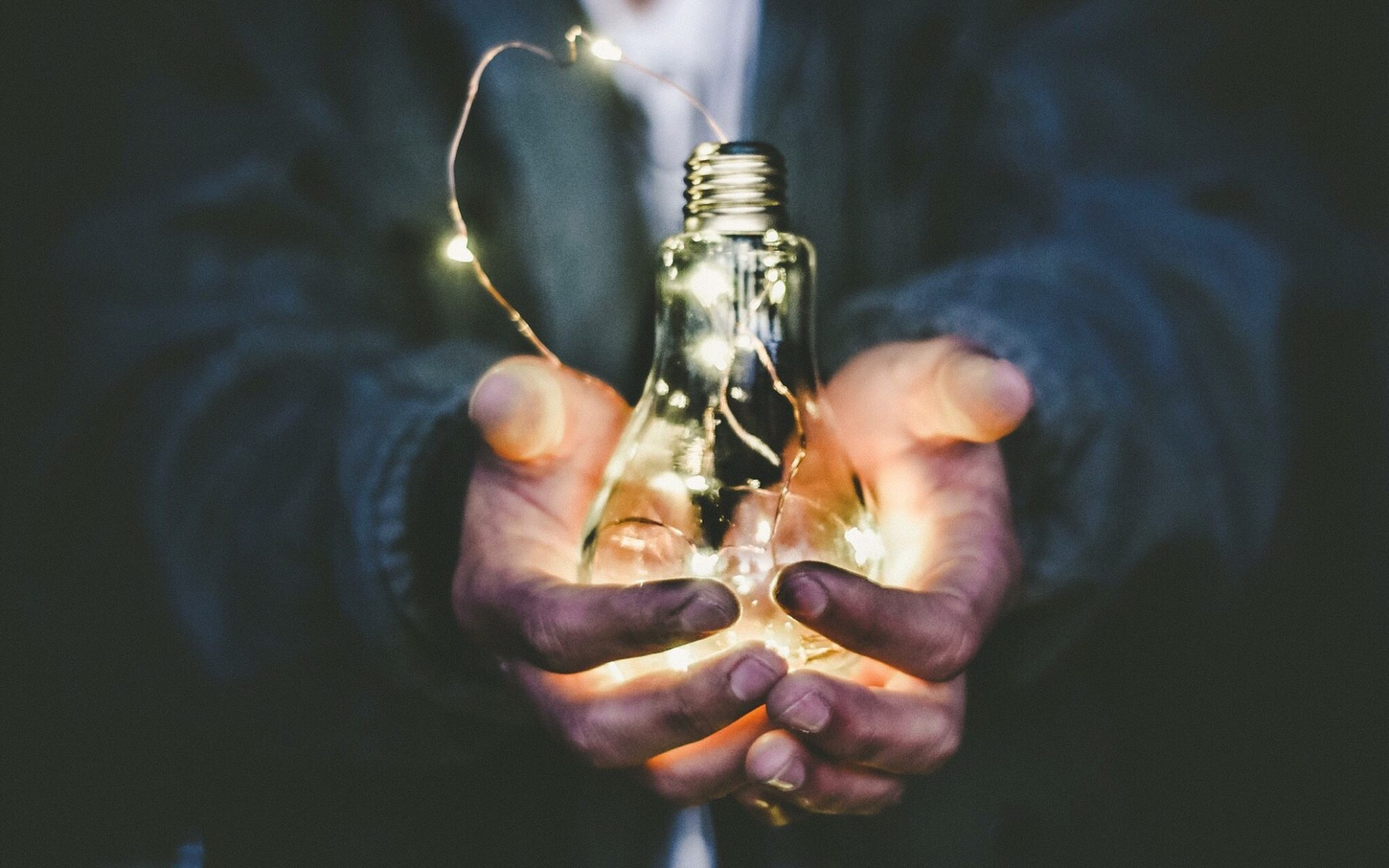Hello, sustainability champions! Today, we’re exploring the important topic of energy efficiency and how innovative strategies can help reduce energy consumption. As advocates for eco-conscious living, we know that reducing energy consumption is essential for creating a better future for our planet. So, let’s dive into the world of energy efficiency and learn how innovative strategies can help reduce consumption.
- Implement smart home technology: Smart home technology can help reduce energy consumption by automatically adjusting heating, cooling, and lighting based on occupancy and weather conditions. This can significantly reduce energy waste and save money on utility bills.
- Use renewable energy: Renewable energy sources like solar panels and wind turbines can help reduce reliance on fossil fuels and lower energy consumption. These sources are becoming increasingly affordable and accessible, making them a viable option for many homes and businesses.
- Choose energy-efficient appliances: Energy-efficient appliances like refrigerators, washing machines, and HVAC systems can significantly reduce energy consumption. Look for products with the ENERGY STAR label, which indicates that they meet strict energy efficiency standards.
- Improve insulation: Proper insulation can help reduce energy waste by keeping heat inside during the winter and outside during the summer. Consider adding insulation to walls, attics, and floors to improve energy efficiency.
- Use natural light: Natural light is a free and eco-friendly source of lighting. Design spaces to maximize natural light exposure and use light-diffusing window treatments to reduce glare and heat gain.
- Implement daylight harvesting: Daylight harvesting is a system that uses sensors to automatically adjust lighting based on natural light levels. This can significantly reduce energy consumption and create a more comfortable and sustainable environment.
- Consider passive design: Passive design is a design approach that uses natural ventilation, shading, and orientation to minimize energy consumption. It can significantly reduce the need for artificial heating and cooling and improve indoor air quality.
- Use energy-efficient lighting: LED lights are a highly energy-efficient lighting option that can significantly reduce energy consumption. They are also long-lasting and require less maintenance than traditional incandescent bulbs.
- Implement a building automation system: Building automation systems can help reduce energy consumption by automatically controlling HVAC, lighting, and other systems based on occupancy and usage patterns. This can lead to significant energy savings and reduce carbon emissions.
- Conduct an energy audit: Finally, conduct an energy audit to identify areas where energy consumption can be reduced. An energy audit can help identify inefficiencies, leaks, and other areas where energy waste can be reduced.
By implementing these innovative energy efficiency strategies, we can significantly reduce energy consumption and create a more sustainable and eco-friendly world. Let’s continue to design with a focus on sustainability and a deep commitment to protecting our planet. Thank you for joining us on this journey towards reducing energy consumption and promoting a more sustainable future.


